Aluminum acetate
- CAS NO.:139-12-8
- Empirical Formula: C6H9AlO6
- Molecular Weight: 204.11
- MDL number: MFCD00078833
- EINECS: 205-354-1
- SAFETY DATA SHEET (SDS)
- Update Date: 2024-12-24 18:06:02

What is Aluminum acetate?
Description
Aluminum acetate is a chemical compound and is a salt which can be produced by the reaction of aluminum hydroxide and acetic acid. The compound formula for Aluminum Acetate is Al(CH3COO)3.
Description
Ammonium acetate is a chemical compound with the formula NH4C2H3O2 (or C2H4O2.NH3 or C2H7NO2). It is a white solid and can be derived from the reaction of ammonia and acetic acid. It is available commercially and, depending on grade, can be rather inexpensive.
Chemical properties
white powder(s); preparation: by heating aluminum or AlCl3 with an acetic acid solution containing acetic anhydride; uses: as an antiseptic, an astringent, and in antiperspirant applications; there is a hydroxyaluminum diacetate, CAS RN 142-03-0 [CIC73] [HAW93] [ALD94]
Chemical properties
CH3COONH4 is hygroscopic and decomposes easily to acetamide if heated above 165 °C.
CH3COONH4 → CH3C(O)NH2 + H2O
In this reaction, a salt is converted to two molecular species, which is a relatively uncommon conversion at mild temperatures.
The Uses of Aluminum acetate
Astringent.
Definition
A salt obtained by reaction of aluminum hydroxide and acetic acid with subsequent recrystallization. Its neutral form Al(C 2 H 3 O 2 ) 3 is a white, water-soluble powder used in solution as an antiseptic, astringent, and antiperspirant. Its basic form is Al(C 2 H 3 O 2 ) 2 OH, also known as aluminum diacetate and aluminum subacetate. It is a crystalline solid, insoluble in water, used as a mordant in textile dyeing, as a flame retardant and waterproofing agent, and in manufacture of lakes and pigments.
Definition
(aluminum acetate; Al(OOCCH3)3) A white solid soluble in water. It is usually obtained as the dibasic salt, basic aluminum ethanoate, Al(OH)(CH3COO)2. It is prepared by dissolving aluminum hydroxide in ethanoic acid and is used extensively as a mordant in dyeing and as a size for paper and cardboard products. The solution is hydrolyzed and contains various complex aluminumhydroxyl species and colloidal aluminum hydroxide.
Production Methods
Ammonium acetate is produced by the neutralization of acetic acid with ammonium carbonate or by saturating glacial acetic acid with dry ammonia gas. Obtaining crystalline ammonium acetate is difficult on account of its aqueous solution giving off ammonia when evaporated.
What are the applications of Application
The diacetate is used as an antiseptic. The Aluminum Acetate compound can be used medicinally to treat infections in the outer ear canal. It is used in the name brand drug Domeboro, which contains acetic acid/aluminum acetate.This medication kills the infectious bacteria and fungus as well as drying out the ear canal.
Since it acts as a drying agent, it can also be used in the treatment of severe rashes, such as poison ivy, poison oak, and poison sumac.
brand name
Buro-Sol Concentrate (Doak); Domeboro (Bayer).
Industrial uses
As the salt of a weak acid and a weak base, ammonium acetate has a number of distinctive properties.
NH4C2H3O2 is occasionally employed as a biodegradable deicing agent.
It is often used with acetic acid to create a buffer solution, one that can be thermally decomposed to non-ionic products
Ammonium acetate is useful as a catalyst in the Knoevenagel condensation and as a source of ammonia in the Borch reaction in organic synthesis.
It is a relatively unusual example of a salt that melts at low temperatures.
Can be used with distilled water to make a protein precipitating reagent.
Is often used as an aqueous buffer for ESI mass spectrometry of proteins and other molecules.
Ammonium acetate is volatile at low pressures. Because of this it has been used to replace cell buffers with non-volatile salts, in preparing samples for mass spectrometry.It is also popular as a buffer for mobile phases for HPLC with ELSD detection for this reason. Other volatile salts that have been used for this include ammonium formate.
Synthesis
The triacetate forms when aluminum sulfate is mixed with barium acetate. Another synthetic method is by bringing together aluminum hydroxide, acetic anhydride and glacial acetic acid in water, forming the basic aluminum monoacetate
The diacetate is prepared in a reaction of sodium aluminate (NaAlO2) with acetic acid.
Metabolism
Not Available
Properties of Aluminum acetate
| Melting point: | decomposes with moisture [CRC10] |
| Density | 1.002 g/cm3 |
| solubility | soluble in H2O; slightly soluble in acetone |
| color | white hygroscopic solid |
| Water Solubility | soluble H2O [HAW93] |
| EPA Substance Registry System | Acetic acid, aluminum salt (139-12-8) |
Safety information for Aluminum acetate
Computed Descriptors for Aluminum acetate
Aluminum acetate manufacturer
New Products
3-Iodophenylacetic acid 3-Pyridineacetonitrile, α-hydroxy- 2-Propanamine, 1-chloro-, hydrochloride (9CI) 3-(hexyloxy)-4-(pyridin-3-yl)-1,2,5-thiadiazole 2-Hexyn-1-ol Dibenzo-18-crown-6 Nickel(II) perchlorate hexahydrate, 98% 4-Bromophenylacetonitrile, 95% 3-Bromo-4-fluoroaniline, 97% Sodium tetraborate decahydrate, 98% Palladium(II) acetate, trimer, Pd 99% 4-Bromo-2-chlorotoluene, 97% N N Dimethylformamide Dimethyl Acetal (Dmf Dma) 2,3-Dichloro Benzoyl Cyanide [Side Chain] Bis(2-Chloroethyl) Amine Hydrochloride L-Glutamic Acid Diethyl Ester Hydrochloride 5-(Difluoromethoxy)-2-Mercaptobenzimidazole 1-Ethyl-3-(3-Dimethylaminopropyl)-Carbodiimide Hydrochloride [EDC Hcl] 1,4-Napthoquinone Bromoiodomethane Sodium Bicarbonate Methylene Dichloride (MDC) Ethyl Acetate Indole-3-Carbinol (I3C)Related products of tetrahydrofuran
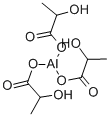
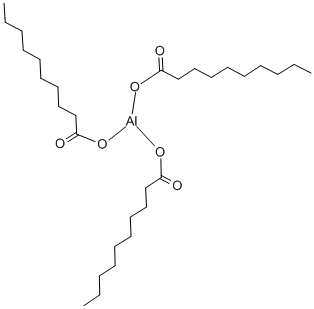
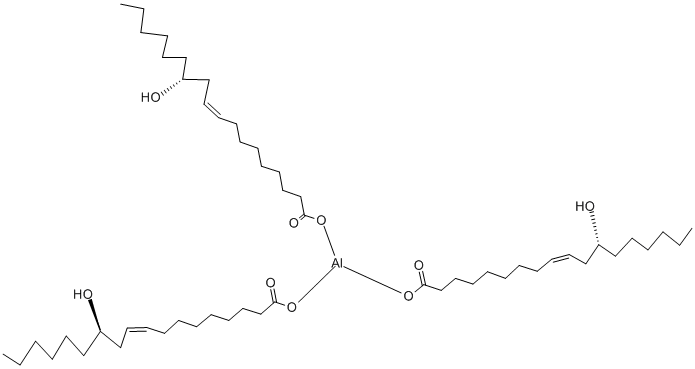



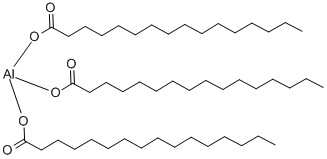
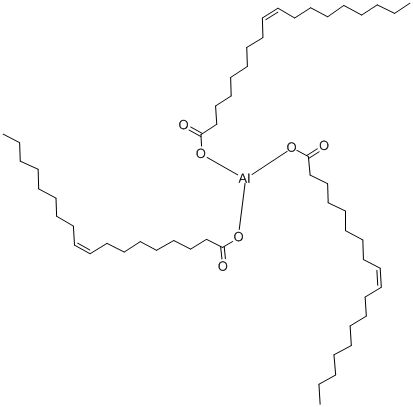
You may like
-
 ALUMINIUM ACETATE 99%View Details
ALUMINIUM ACETATE 99%View Details -
 17604-74-9 3-Pyridineacetonitrile, α-hydroxy- 98+View Details
17604-74-9 3-Pyridineacetonitrile, α-hydroxy- 98+View Details
17604-74-9 -
 131987-69-4 98+View Details
131987-69-4 98+View Details
131987-69-4 -
 Cyclohexane, (2-propynyloxy)- 67967-07-1 98+View Details
Cyclohexane, (2-propynyloxy)- 67967-07-1 98+View Details
67967-07-1 -
 764-60-3 2-Hexyn-1-ol 98+View Details
764-60-3 2-Hexyn-1-ol 98+View Details
764-60-3 -
 2-Propanamine, 1-chloro-, hydrochloride (9CI) 98+View Details
2-Propanamine, 1-chloro-, hydrochloride (9CI) 98+View Details
5968-21-8 -
 3-Iodophenylacetic acid 1878-69-9 98+View Details
3-Iodophenylacetic acid 1878-69-9 98+View Details
1878-69-9 -
 132945-75-6 (S)-1-Boc-3-methanesulfonyloxy-pyrrolidine 98+View Details
132945-75-6 (S)-1-Boc-3-methanesulfonyloxy-pyrrolidine 98+View Details
132945-75-6
